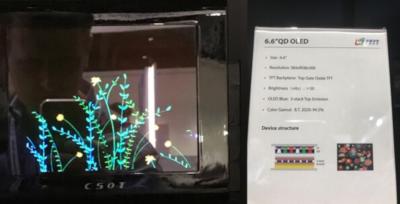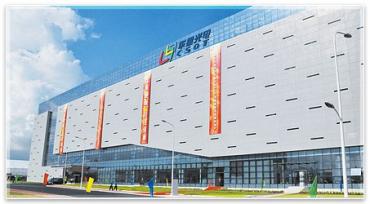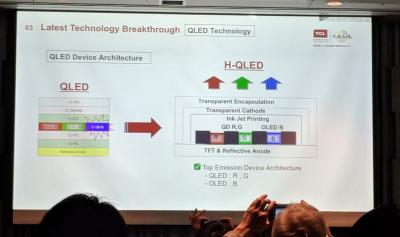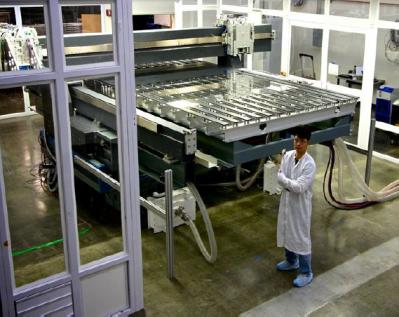CSoT demonstrates a 6.6" QD-OLED display prototype
CSoT demonstrated the first public QD-OLED display, during SID 2019. The company unveiled a 6.6" display that features a relatively low resolution (384x300) and brightness (50 nits). The backplane of this prototype is an Oxide-TFT.
The QD-OLED is made from blue OLED emitters with a quantum-dots color conversion layer. This is a similar design to Samsung's QD-OLED TV technology. Interestingly earlier this year CSoT's parent company TCL has unveiled a different QD-OLED technology it refers to as H-QLED which uses a combination of OLED and QD emitters.








